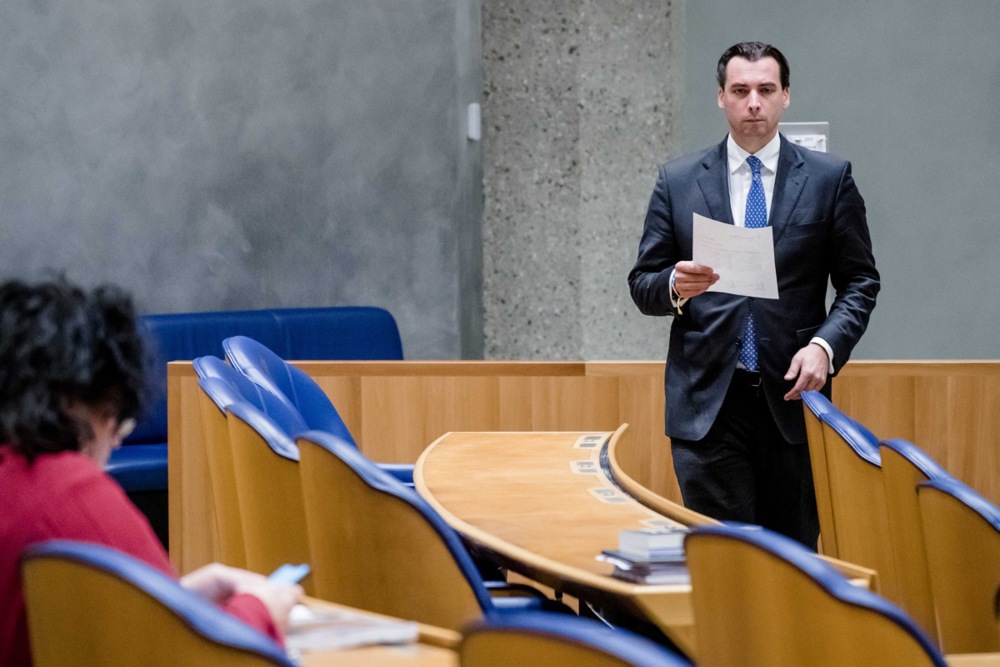Germany is missing targets regarding the climate and the renovation of residential buildings, despite Berlin’s ambitious goals.
Just 0.7 per cent of such buildings in Germany have been suitably renovated. That comes as official reports by the Government call for renovation levels of 1.7 per cent to 1.9 per cent annually of all such constructions to enable the country to reach climate neutrality by 2045.
The Cologne-based Institut der deutschen Wirtschaft (IW), puts that rate higher at 2 per cent, meaning that over the next 50 years, every single house in Germany would have to have been suitably adapted to hit targets.
Yet German renovation rates are forecast to be even lower this year than last year’s figure of 0.88 per cent and are predicted to plateau at 0.69 per cent.
The figures come from a report by the market-research firm B+L Market Data, requested by the German Association for Energy-Efficient Building Envelopes.
German news outlet Der Spiegel reported that, according to the Research Institute for Thermal Insulation (FIW), in 2023 around 270,000 residential units were renovated. If the Government targets are to be hit, this number has to rise to 460,000 in 2025 and around 730,000 annually by 2030, FIW found.
“The gap between actual and target for energy-efficient renovations is getting bigger and bigger,” Der Spiegel cited FIW Director Andreas Holm as saying.
“As a result, we run the risk of no longer being able to achieve the climate and efficiency targets we have set ourselves.”
Over the past four years, the building sector in Germany has consistently fallen short of greenhouse-gas emission targets outlined in the Climate Protection Act. Additionally, a significant number of older houses fail to meet even the most basic energy efficiency standards, often falling into the lowest G and H classes.
Residential emissions can only tackled in a limited number of ways. Houses can be made more energy efficient via efficiency renovations and/or by oil and gas-based heating systems being replaced by new, “green” heating options.
In a bid to promote the latter, the Government pushed through a controversial electric heat-pump law, much to the dismay of the general public as such systems are seen as impractical and financially burdensome.
B+L cited a number of reasons behind the dismal renovation statistics including the fact that interest rates for financing real-estate acquisitions and renovations have increased significantly in addition to materials and energy costs.
The study highlighted a shift from past trends; historically, as energy prices rose so did the demand for energy-efficient renovations.
Now though, the surge in inflation rates has dampened demand, as B+L pointed out. Some households find themselves under severe pressure to save money, while others choose to allocate funds for investments such as in new heating or solar systems instead of renovations.
As fewer people are expected to buy homes, the B+L researchers forecast even fewer renovations.
Still, experts anticipate a resurgence in the real-estate market this year, driven by escalating rental prices and declining building interest rates. This could, potentially, lead to some uptick in renovation activities once again, the researchers said.





